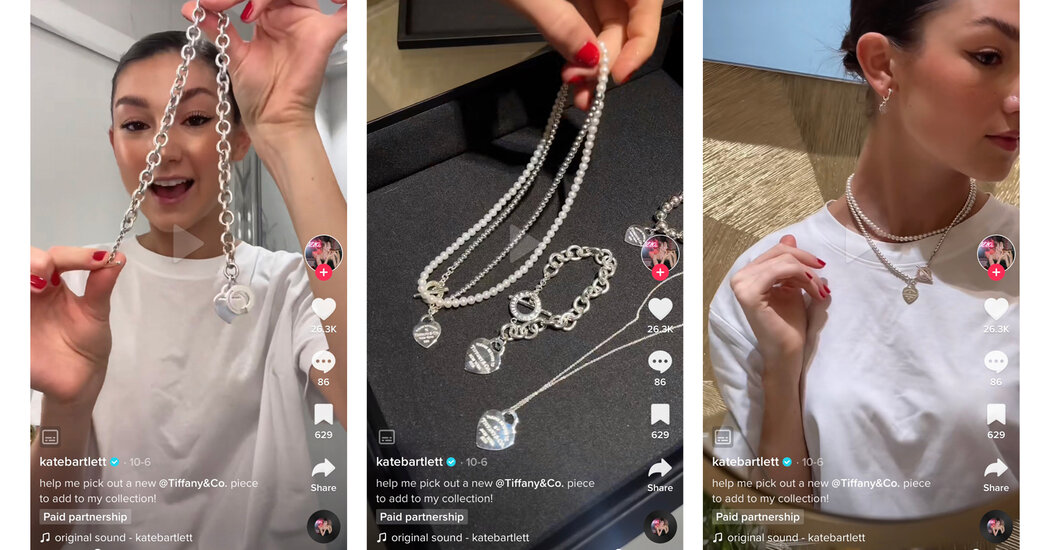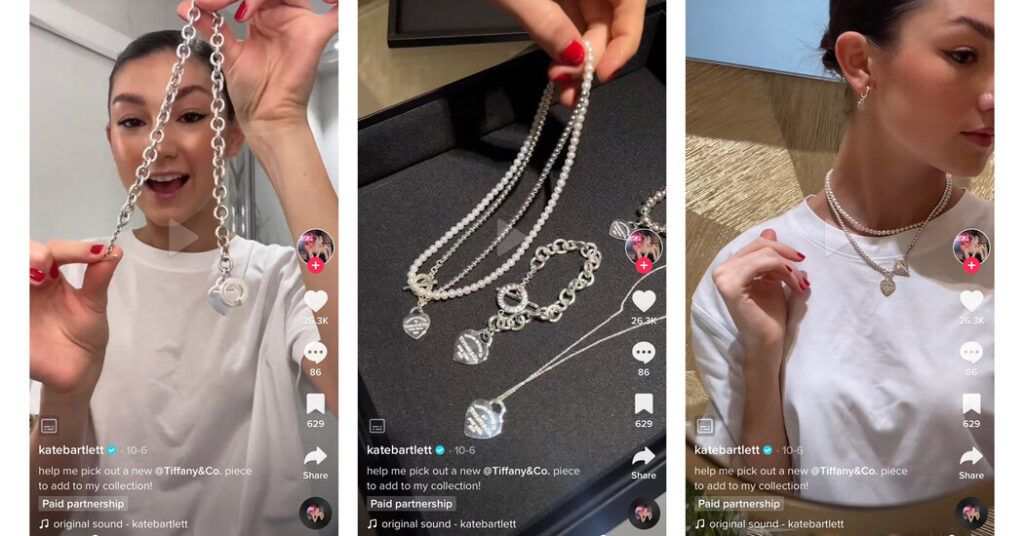
Brands have lapped it up. The toy brand Nerf now has a chief TikTok officer. The meat stick brand SlimJim calls itself the “C.E.O. of verified comments,” referring to its strategy of commenting on as many TikTok videos as possible.
And ads on TikTok appear to get results. Last year, the men’s fashion company Swet Tailor posted a TikTok video advertising the same shirt, in different colors, being thrown onto a rotating man. The video garnered 5,000 views, far more than most TikTok videos posted by the company, which has fewer than 300 followers.
In two weeks, Swet Tailor sold 35 percent of its inventory for the shirt, when it normally would have sold 5 percent. By contrast, Facebook and Instagram ads “barely moved the needle,” said Adam Bolden, the clothing brand’s chief executive.
Swet Tailor currently spends 15 percent of its marketing budget on TikTok, largely on partnerships with influencers, but wants to increase the amount to 50 percent because of the platform’s younger audience and its success at getting viewers to buy stuff.
“We know Facebook and Instagram are losing a lot of market traction,” Mr. Bolden said. “We realized that video is becoming extremely important, if not compulsory.”
Other businesses are making the same shift. At Triple Whale, a data analytics company, clients have spent $99.89 million on advertising on TikTok since the beginning of this year compared with $18.39 million in 2021, a 443 percent increase, said Alexa Kilroy, its head of brand.
Still, advertising on TikTok is not necessarily straightforward. That’s partly because brands have to avoid becoming, to cite a meme frequently seen on the platform, a middle-aged, skateboard-carrying Steve Buscemi saying, “How do you do, fellow kids?”


More Stories
The New GOP Majority’s First Move Could Be To Gut A Key Ethics Watchdog
Ryan Zinke Returns To Congress, Promptly Misattributes Quote To His Hero
Congress Just Gained A Rare New Member: Someone Who Worked As A Public Defender